Why do you see fences “inside” the Amboseli National Park?
Fences are considered to be an important tool in the conservation battle. It is thought to mitigate human-wildlife conflicts and promoting human development (agriculture) outside the parks while giving a semblance of protection to the park. However, it has been criticized that fences have been ineffective in its primary objective and have in fact given rise to more and other critical conflicts – in addition to the ‘ethical’ questions of ‘animal’ rights of free movement (meaning fences serve as a large open-air zoo) as subservient to human rights of ‘development’!
The debate will continue and there are practical points on either side. However, on my last visit to Amboseli, I noticed fences ‘inside’ the park – i.e. in addition to the fences on the perimeter of the park or the adjoining conservancies! This came as a surprise – we were in the middle of the park and we saw fences ‘protecting’ a clutch of trees in the vast grasslands! You would normally associate fences with the park boundary or maybe around lodges in the park (to keep the humans away from the animals!) – this one was an anomaly!
My guide – Steven, who has a vast knowledge of wildlife (and a skeptical outlook on their future) had a sad answer to it! First, let’s rewind back to the history of the park.
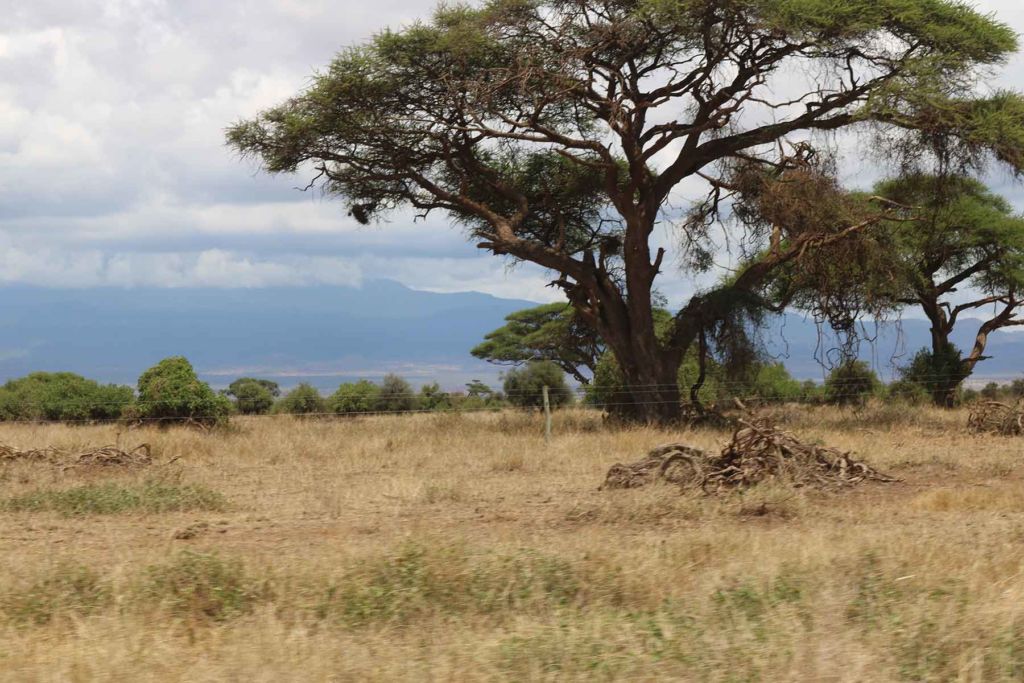
History: Amboseli was created by the British colonial government in 1906 – when they created 27,700 sq kms reserve for the Masai. Meaning it was land demarcated for the Masai – not necessarily wildlife – but with their then peaceful co-existence with nature, I suppose it served as a ‘wildlife’ reserve as well.
In 1948, 3,260 sq kms of the ‘reserve’ was designated as a ‘game reserve’ under park authorities. However, in later years (1971 and 1974), only 392 sq kms (yes, that’s correct – only 392) of the game reserve was declared a ‘national’ park. Amboseli, due to it’s importance as also declared as one of the two ‘Premium’ National parks of Kenya.
However, if you include the private conservancies adjoining the Park, you can argue that the ‘eco-system’ is larger – however, far lesser than the original reserve of 27,700 sq kms!!
We know that Elephants are responsible for large scale loss of trees – they strip bark, break branches and occasionally uproot entire trees! In a large unspoiled (by man) area with a population limited by natural causes, this is sustainable. In fact, recent studies have proved that Elephants are in fact critical to the propagation of some trees as seed dispersers. See this amazing BBC documentary (by David Attenborough):
But in Amboseli the argument, in favour of the inside fencing, goes that the protected area has become so small (along with the elephant population albeit), that the very existence of the forest (in pockets amidst the swampy grasslands) has become unsustainable due to the ‘destructive’ behaviour of the remaining Elephants and hence protecting these ‘forest patches’ using fences has become a necessity to preserve the eco-system!
Whether this argument is correct or wrong is not within my scope of understanding – many people argue that the notion of carrying capacity i.e. landscapes can only sustain a certain threshold number of elephants per square km, is fallacious.
However, to me, it does seem tragic that our actions create such an imbalance in nature – we first reduce the size of the habitat citing development, then to preserve whatever is left, we create ‘jails’ within these habitats, in effect, depriving these hapless giants of their natural food and behavior! Rather than increasing protected areas and opening up corridors (at the least) to other Parks, we work on retrograde (as it seems to me!) practices in our desperation to preserve the last remaining bits of our natural heritage!

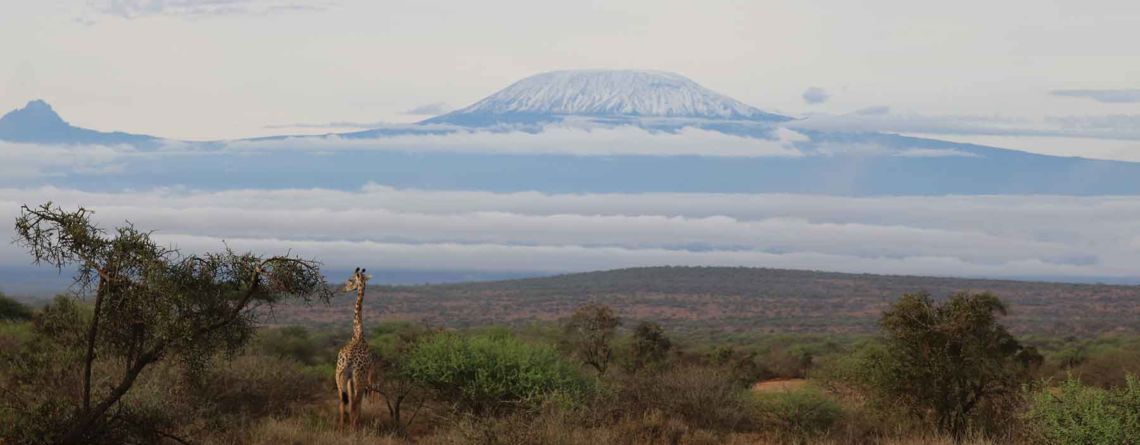
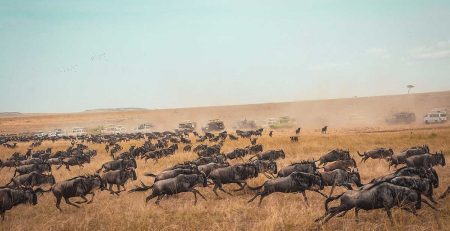
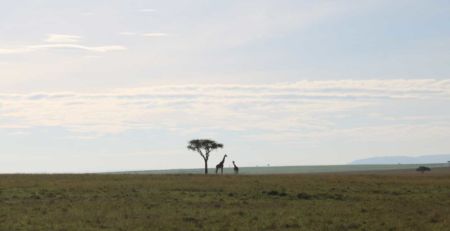

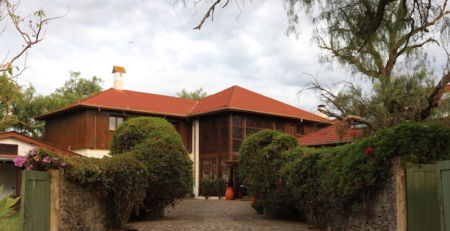


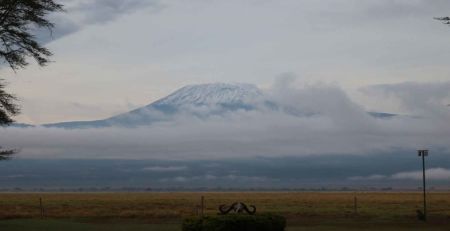

Leave a Reply